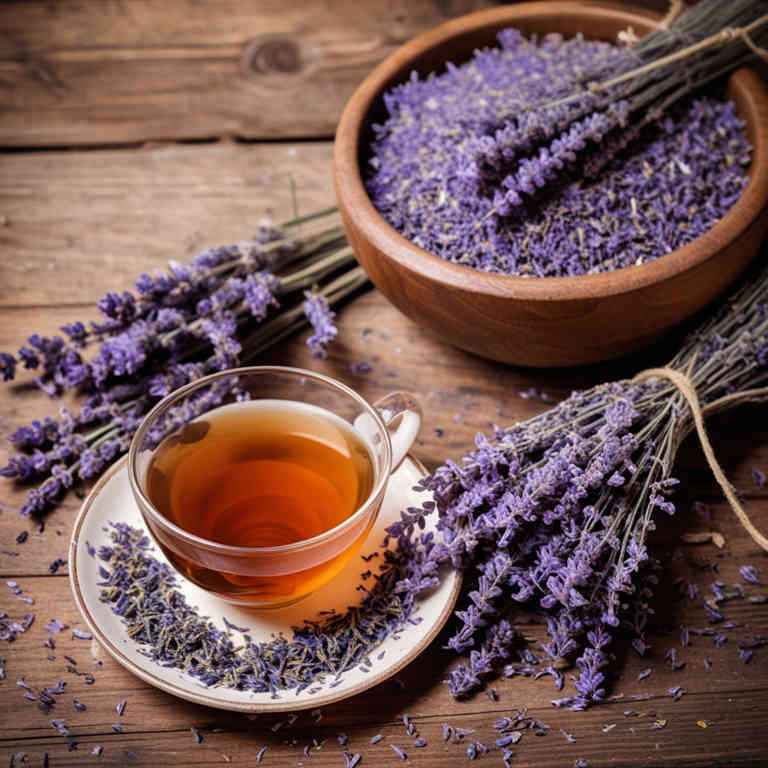Lavandula angustifolia tea for medicinal use

Lavandula angustifolia tea is a herbal preparation made from the dried flowers of the lavender plant, known for its calming and soothing properties.
It is commonly used in herbalism to promote relaxation, reduce stress, and aid in sleep due to its mild sedative effects. This tea is also valued for its anti-inflammatory and antiseptic qualities, making it useful for treating minor skin irritations and digestive issues. It can be consumed hot or cold and is often combined with other herbs to enhance its therapeutic benefits.
Lavandula angustifolia tea is a popular choice for those seeking natural remedies for anxiety, insomnia, and mild digestive discomfort.
Uses
Lavandula angustifolia tea has been used to promote relaxation, alleviate anxiety, and improve sleep quality for centuries.
Historically, lavender was valued in ancient Rome and Greece for its calming properties and was used in baths and as a remedy for headaches. In traditional medicine, it has been employed to treat digestive issues, skin irritations, and as a natural insect repellent. Modern uses include its incorporation into aromatherapy and as a complementary therapy for stress management and insomnia.
Today, it remains a popular herbal tea known for its soothing aroma and mild sedative effects.
Benefits
Lavandula angustifolia tea has health benefits such as promoting relaxation, reducing stress, and aiding in better sleep.
It contains compounds like linalool and lavandins that have calming effects on the nervous system. This tea is also known to help alleviate symptoms of anxiety and depression due to its mild sedative properties. Additionally, it may support skin health and have antimicrobial properties when used topically.
Regular consumption of this herbal tea can contribute to overall well-being and a sense of calm.
Constituents
Lavandula angustifolia tea active constituents include lavandins, linalool, linalyl acetate, camphor, and terpenes.
These compounds contribute to the tea's calming and soothing properties. Linalool and linalyl acetate are known for their mild sedative effects and ability to reduce anxiety. Camphor provides a cooling sensation and may help with respiratory issues.
Terpenes offer anti-inflammatory and antimicrobial benefits, supporting overall wellness.
Preparation
To make Lavandula angustifolia tea, start by boiling fresh water in a pot or kettle.
Once the water is hot, add one to two teaspoons of dried lavender buds to the water. Let the mixture steep for 5 to 10 minutes, depending on your desired strength. Strain the tea into a mug and enjoy it either warm or cooled.
This calming herbal tea is known for its soothing properties and pleasant floral aroma.
Side Effects
Lavandula angustifolia tea may lead to mild sedative effects due to its high content of linalool and linalyl acetate, which can promote relaxation and reduce anxiety.
It is generally considered safe when consumed in moderate amounts, but excessive use may cause gastrointestinal discomfort such as nausea or stomach upset. Some individuals may experience allergic reactions, including skin rashes or itching, especially if they are sensitive to plants in the Lamiaceae family. Long-term or high-dose consumption could potentially interfere with hormone levels or affect liver function in susceptible individuals.
It is advisable to consult a healthcare professional before using this tea, particularly for those with existing medical conditions or who are taking medications.